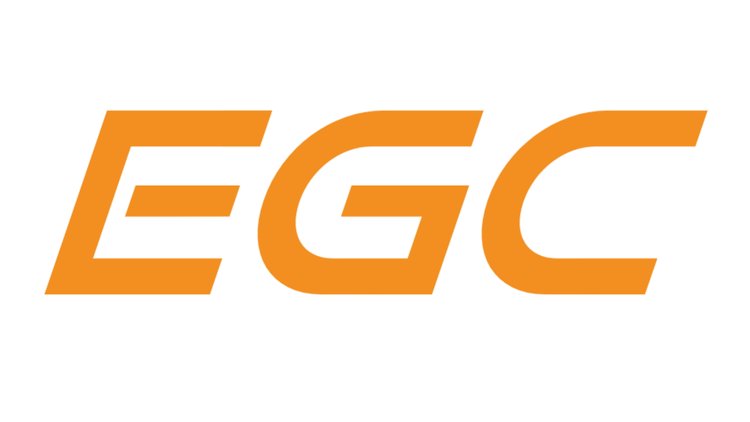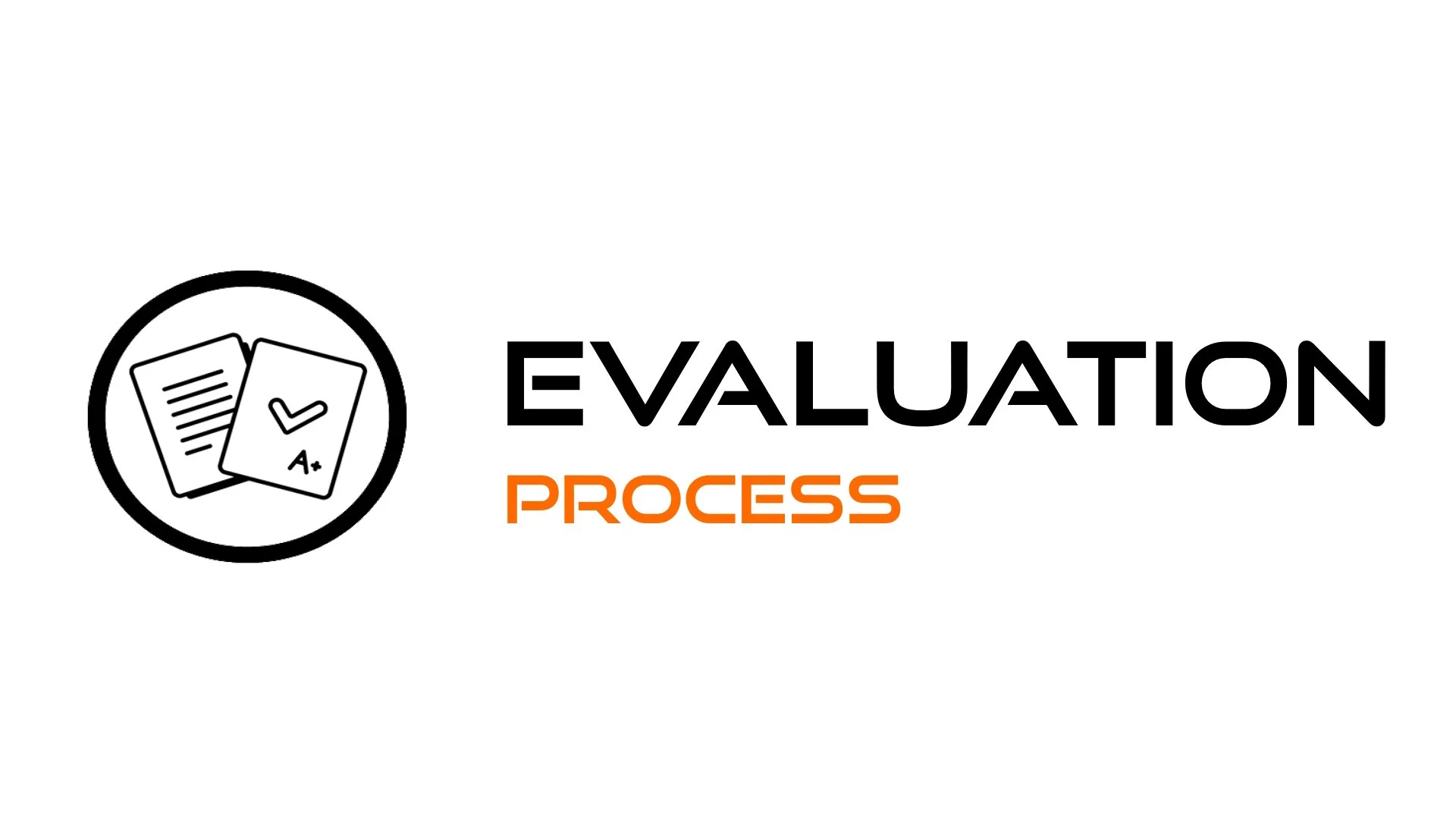Evolution Goaltending Corp's name encapsulates our perspective: goaltending—and the game in its entirety—is a continuous journey rather than a mere destination. This perception stems from the intricate dance between goaltenders' skills and tactics against those of the shooters. As teams and shooters uncover and leverage certain patterns that regularly yield goals, it becomes imperative for goaltenders to recalibrate their skills and decision-making to counter these strategies. Those goaltenders who can adeptly adjust flourish, while those who can't adjust risk falling prey to what can be termed "Athletic Darwinism."
Our coaching ethos emanates from this nuanced understanding of the role. In the context of this survival of the fittest, two key factors dictate success: effectiveness and consistency. Effectiveness gauges the success rate of a skill or tactic, while consistency measures the repeatability of this success over various instances. EGC recognizes each goaltender as a distinct individual, possessing unique strengths and areas to hone, rather than subscribing to a one-size-fits-all paradigm for the role. Much like nature showcases multiple successful adaptations to a given environment (e.g., the contrasting survival strategies of sharks and whales), the goaltending crease too can accommodate diverse styles of excellence.
EGC's team exemplifies this keen analytical prowess and meticulousness in their coaching methodology, an approach that also permeates their broader life philosophy.
Philosophy & Methodology
The most crucial factor in skill building is consistent positive reinforcement. The coaches that each goaltender spends the most time with will have the largest influence on their skill base which, in a minor hockey setting, is always their team coaching staff. For every hour that a goaltender is in contact with a goalie coach, they likely spend five hours with their team.
The current model of minor hockey goalie clinics seems to neglect this fact. For example, goalie coaches will run a session for all U13 goalies in the association. The goalies then return to their teams, for 5+ hours a week, for a whole month, without any reinforcement of the skills that were learned. A month later, the goalie coaches return for another clinic, however there has been very little progression, and the same information has to be covered.
Some alternative models incorporate weekly goalie clinics to promote better consistency. However, these clinics are attended by goalies with a wide range of experience, creating challenges in designing an optimal curriculum that fosters maximum development for all participants.
This is why we believe that restructuring the current model to place a strong emphasis on educating the goalie coaches within the organisation provides more progression and long-term development of goaltenders, and that having joint goalie/coaching clinics, rather than simply working with the goalies, amplifies the benefits for the organisation.
Service Overview
The structure involves providing monthly age appropriate coaches clinics, in order to improve the coaches’ understanding of the technical basics of goaltending, alongside on-ice development clinics, drill packages, and weekly webinars for continual support. This provides coaches the base skills of how to work with goalies in a practice and game setting.
Each of these clinics is themed around a specific facet of the game, such as “Save Process,” or “Net-Play Tactics.” For example, the clinic starts with a one hour classroom session for the U13 coaches, followed by a one hour on-ice session with all the U13 goalies and coaches. This allows for the coaches to learn through multiple modalities, both observing the goalie coaches interact with the athletes and participating in the clinic.
The classroom sessions for the association goalie coaches are designed to deepen their understanding of the monthly focus, tailored to their specific age group. For example, during the "Net-Play Tactics" month, the emphasis for U11 coaches working with their goaltenders will differ from the focus for U18 coaches. By segmenting the classrooms based on the age group the coaches are training, we can provide more specific and specialized information, thus ensuring a more targeted and effective learning experience.
Contact us to request a PDF proposal
Philosophy & Method
Evolution Goaltending Corp (EGC) emphasizes the goaltender evaluation as a foundational step towards a successful and enjoyable hockey season. We aim to position each goaltender in an environment where they can excel.
Our evaluation hinges on two core principles: Effectiveness and Consistency.
Effectiveness is gauged by a goaltender's capability to achieve desired results, incorporating both outcomes and the methods employed. A key facet of effectiveness is efficiency, described as executing a save with minimal unnecessary effort. For instance, while two different techniques might result in a save, the method that controls rebounds (hence, being more efficient) is deemed more effective and subsequently ranked higher.
Consistency, on the other hand, reflects the stability of a goaltender's effectiveness across time. By assessing a goaltender's techniques over various instances, we can predict their potential to maintain performance throughout the season.
Ultimately, our evaluation aims to answer: "Is the goaltender consistently using efficient techniques to achieve desired outcomes across multiple performances?"
Using these principles, we impartially assess goaltenders, regardless of their specific techniques or style. As evidenced by the varied styles of the 2018-2019 Vezina Trophy finalists - Robin Lehner, Andrei Vasilevskiy, and Ben Bishop - it's the combined consistency and effectiveness that matter most. Those exhibiting the highest effectiveness throughout evaluations will be ranked the highest.
Service Overview
EGC will commence the evaluation process by organizing a 1-2 hour meeting for all members of the organization. This session aims to present a clear understanding of the process and address any queries from parents and goaltenders.
Skills Sessions: These are structured to assess the save process in conditions resembling gameplay, with limited external factors. Drills mirror real-game situations.
Procedure:
Pre-Ice Briefing: 15 minutes before the session, goaltenders receive details about the upcoming session.
Self-Directed Warmup: Goalies get 4 minutes for personal warmup routines.
Position Specific Movement (PSM): For 10 minutes, goaltenders practice two non-evaluated movements.
Skill Stations: Four drills representing various game facets..
Gameplay Analysis: An EGC staff member evaluates each game.
Procedure:
Goalies are scored out of 10 in five categories, leading to a total out of 50.
Scores and rankings are sent to the association as soon as the series of games end.
Grievances/Appeals: The approach to handling grievances and/or appeals will align with the organisation’s bylaws and the established procedures for addressing such matters.
In the past, EGC has supported the grievance process by participating as a representative on a panel comprised of board members. This allows the grievant an opportunity to delve deeper into the placement decision.
In this capacity, EGC's responsibility is to provide clarity on our evaluation methodology, explain the grievant’s specific scores and rankings, and offer feedback from the observed sessions. Importantly, EGC will only discuss details concerning the individual grievant and will refrain from divulging information about other goaltenders.
The exact nature of EGC's involvement can be further deliberated, as it largely depends on the organisation’s specific grievance and appeal policies.
Contact us to request a PDF proposal
Philosophy & Methodology
EGC's methodology for minor hockey development clinics goes beyond merely guiding goalies through numerous repetitions; we emphasize imparting comprehensive knowledge to facilitate long-term potentiation, thereby enabling them to perpetually enhance their game.
Understanding that goalies must become their own coaches—given the sparse support often available during the season—is vital. Minor hockey teams seldom have a dedicated goalie coach on staff. Even when they do, goalies, unlike their teammates, cannot skate to the bench after each shift for immediate feedback. They are largely left to navigate their own developmental path.
The imperative is not only for goaltenders to comprehend how to implement technical and tactical inputs, but also to understand the rationale behind these specific actions and recognize the appropriate contexts in which to apply them.
Thus, we dedicate substantial time during our development clinics to convey as much knowledge as possible. This enables goalies to apply this newfound understanding to their future practices and games, perpetuating self-directed development.
Service Overview
The organization furnishes EGC with a designated ice slot and oversees goalie attendance. It is strongly advised to adhere to instructor-to-goalie ratios of either 2:1 or 3:1 and to assemble goalies according to age categories, such as U11, U13, etc.
The organization may request that EGC focus the development clinic on a particular topic, such as net-play, rush management, traffic, or lateral feeds, etc. If multiple clinics are scheduled in advance, EGC will devise a curriculum tailored to your organization, aiming to maximize attendee development across all ice times.
We pride ourselves on our transparent approach and warmly invite the organization's coaches to not only attend the goalie clinic but also to join us on the ice. This participation allows them to gain deeper insight into the position and the nuances of our training methodology.
Contact us to request a PDF proposal



